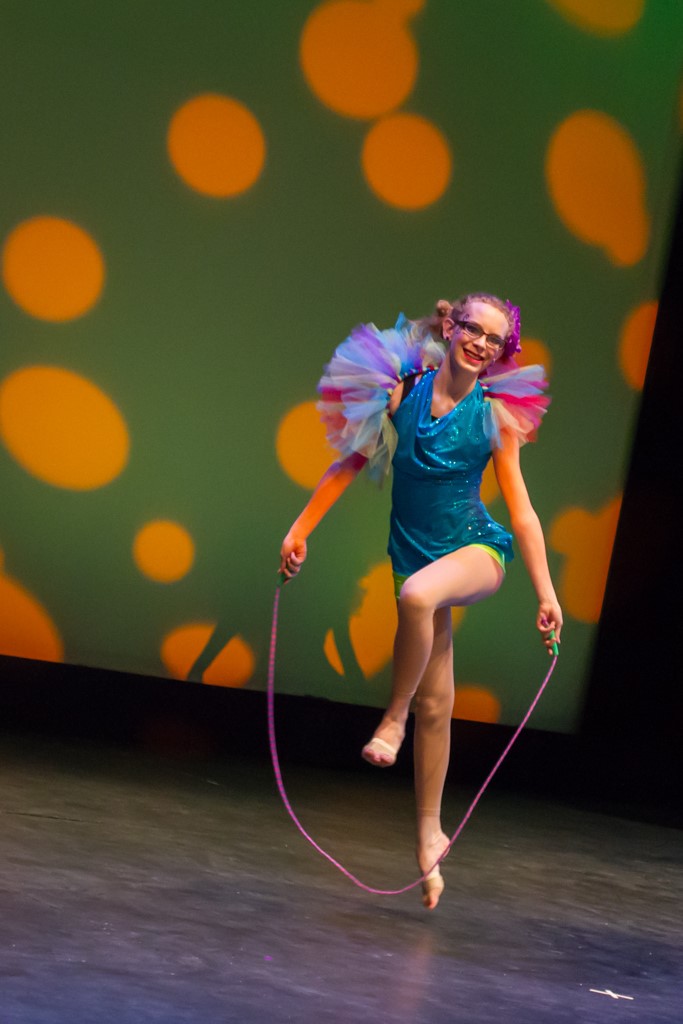

In this track, however, what little sweetness there is comes from the sounds of nature in the background, while the robotic voice lets the listener know that some imaginations are alien to the rest of the world.
Pure imagination movie#
It’s almost an inverse of the movie version, which featured short sections of creepy notes, but was mostly a celebration of the purity of the power of the mind, thanks to the sweetness of Wilder’s vocals. This cut from Buckethead‘s Giant Robot album cranks up the weirdness present in the background of the original. Buckethead – Pure Imagination (Gene Wilder cover) Instead of whimsy with just a hint of darkness, this is a recording to put on when you want to dance slowly with someone you love. You can almost float away on Hori’s playing. It’s a tribute such a wonderful piece of music that it loses none of its power when the words are taken away. Jazz pianist Hideaki Hori delivers a beautiful instrumental version of the song, letting the melody stand on its own. Hideaki Hori – Pure Imagination (Gene Wilder cover)

Here are five great takes on this film classic. Dozens of artists have taken a stab at it. There are so many layers in the original that almost any direction can be taken with a cover version. It’s also a brief look into the mind of character whose mind works differently than that of the rest of us. It’s Willy Wonka’s invitation to come join him in a world that’s different from the humdrum reality that Charlie Bucket has grown up with. It’s that original dichotomy that makes “Pure Imagination” such a perfect song for interpretation. It’s as if the song is meant to celebrate the best of what the human mind can come up with while still hinting at darker corners.

Pure imagination full#
Gene Wilder’s film performance is full of both whimsy and a strange intensity, while the music backing him alternates between almost Christmas-like strings and runs of notes that are almost unsettling in their similarity to a horror movie soundtrack. Written by Leslie Bricusse and Anthony Newley, the dreamy ode to the powers of creativity has fascinated viewers of Willy Wonka and the Chocolate Factory for decades.

The Youngs also provide an intriguing look at special effects in the pre-Spielbergian early 1970s, an overview of critics' responses (Pauline Kael called it ""stilted and frenetic, like Prussians at play"") and a ""where are they now"" section (Peter Ostrum, who played Charlie Bucket, never again appeared in a feature film, while Julie Cole, who played Veruca Salt, developed a successful voice-over career).“Pure Imagination” is a song that entire generations have grown up knowing.
Pure imagination tv#
Fans of the film will delight in Stuart and Josh Young's Pure Imagination: The Making of Willy Wonka and the Chocolate Factory, a compendium of facts, photos and film stills concerning the movie Roger Ebert called ""probably the best film of its sort since The Wizard of Oz."" The authors explain the role Roald Dahl played in the film, who the candidates for the role of Willy Wonka were (besides Gene Wilder), how the whimsical set-from the chocolate river to Mike Teevee's TV room-was created, what went into Violet Beauregarde's blueberry costume and more. Mel Stuart's 1971 film Willy Wonka and the Chocolate Factory has become a cult classic, equally enjoyed by children and adults.


 0 kommentar(er)
0 kommentar(er)
